Architecture / Typology

In the culmination of a 3 year engagement at Powerhouse Castle Hill, artist Amanda Williams trained her sights on the final construction stages of Building J.
The story of Amanda Williams’ artistic engagement with the site now occupied by Building J – the new $44 million storage, conservation and display facility developed at Powerhouse Castle Hill as part of the Museums Discovery Centre – has as many layers as her artistic practice. Over 3 years, the Sydney-based visual artist has patiently observed and recorded with a variety of photo processes as rows of eucalyptus and melaleuca on the site of the museum’s former Castle Hill Experimental Research Plantation gave way to the soaring cranes, shimmering sheets of corrugated aluminium and walls of precast concrete with ‘Ando dots’ that now form Lahznimmo Architects’ constructed vision for the site. In the following interview text, Williams tells Powerhouse senior editor Michael Fitzgerald how she brought her artist’s eye to record the architectural assemblage of Building J.


In 2021, with the trees scheduled for removal and plans in place to build the new Building J to better house the collection, I was invited to spend time at Castle Hill on residency. Utilising light-sensitive materials and a variety of cameras (35-mm, medium and large-format), I established a mobile studio and darkroom on site and spent several months documenting the trees, the soil, the atmosphere. Despite its scientific man-made appearance, the plantation existed as a discrete living organism. I felt a sense of urgency to document this point of transition with respect and reverence. The original body of work developed on site became The Last Stand 2021–23, a commission that includes work drawn from traditional photographic documentation of the museum’s former research plantation along with experimental cameraless image-making processes such as lumen prints. With the latter, a ‘likeness’ of the site is formed that is at once abstract and yet intimately tied to the representation of place via direct contact between the film/paper and the physical landscape.

Following the removal of the plantation, I was offered the opportunity to continue my engagement with the site and photograph the development and construction of Building J. For this architectural commission, I approached the documentation much like a commercial architectural photographer would: providing clear, consistent documentation of the construction process focusing on the essence of the building, its form and mass, the interplay of light and shadows. However, due to my previous engagement with the trees on the site, I would say that these observations were also guided by subjective emotional attachments to the former plantation. I used a range of 35-mm single-lens reflex (SLR) film cameras with varying lens lengths – wide angle and telephoto zoom – to document the building from groundwork to final built form. This choice of camera, unlike a medium or large-format camera that are more frequently utilised in architectural photography, allowed me to move freely around the building site in sync with the speed of construction.


In addition to the use of my 35-mm SLR cameras, I feel incredibly fortunate to have been granted access to Max Dupain’s Linhof Technika large-format camera from the Powerhouse Collection (Object No. 2011/59/1-1). Assisted by the conservation team, in particular Tim Morris, I began using the camera when I was initially photographing the eucalypt plantation and continued on for the architectural commission. It is incredible to think that I was potentially the first person, following Dupain, to take photographs with the camera after it entered the Powerhouse Collection in 2011. Dupain is known to have used this camera almost exclusively for architectural commissions: among other things, for his documentary photography of the Sydney Opera House and workers during its construction from 1959 till 1973. The Linhof Technika produces incredible, large 4x5 inch negatives.


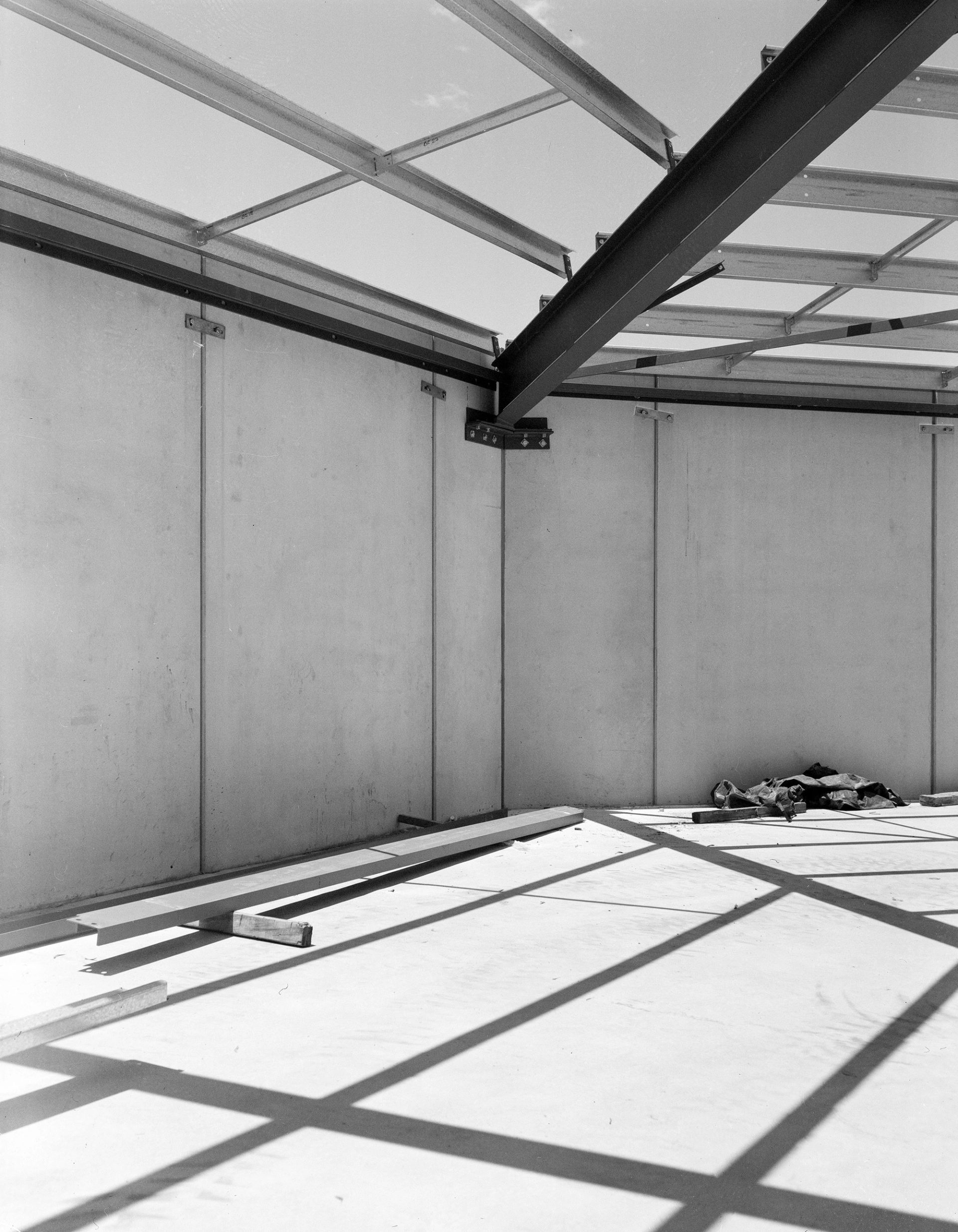
In terms of how I approached the commission, I chose to foreground observation as a nuanced and continual process, prompting the viewer to reconsider our approach to looking at and understanding visual representations of profound change. The resulting archive of photographs chart each key moment in the recent history of the site: the trees being felled; the groundwork; the formwork being constructed; the concrete being poured; prefabricated walls being installed; and the steel being craned onto site and welded together to form the roof line.

‘It is striking and perhaps no accident that this building appears to me like a camera, a machine for the archiving and future development of ideas – with sharp scaled-up apertures punctuating its exterior, offering a view of the objects and the stories contained within.’
I feel fortunate to have had the opportunity to witness and document the transformative process of change, from the experimental eucalyptus plantation to the jewel-like building designed by Lahznimmo Architects. The building has a mirror-like aluminium exterior, reflecting the world around it on its shimmering corrugated exterior. The archive stores and exhibition spaces within offer additional opportunities for reflection, for future research and interpretation. It is striking and perhaps no accident that this building appears to me like a camera, a machine for the archiving and future development of ideas – with sharp scaled-up apertures punctuating its exterior, offering a view of the objects and the stories contained within.

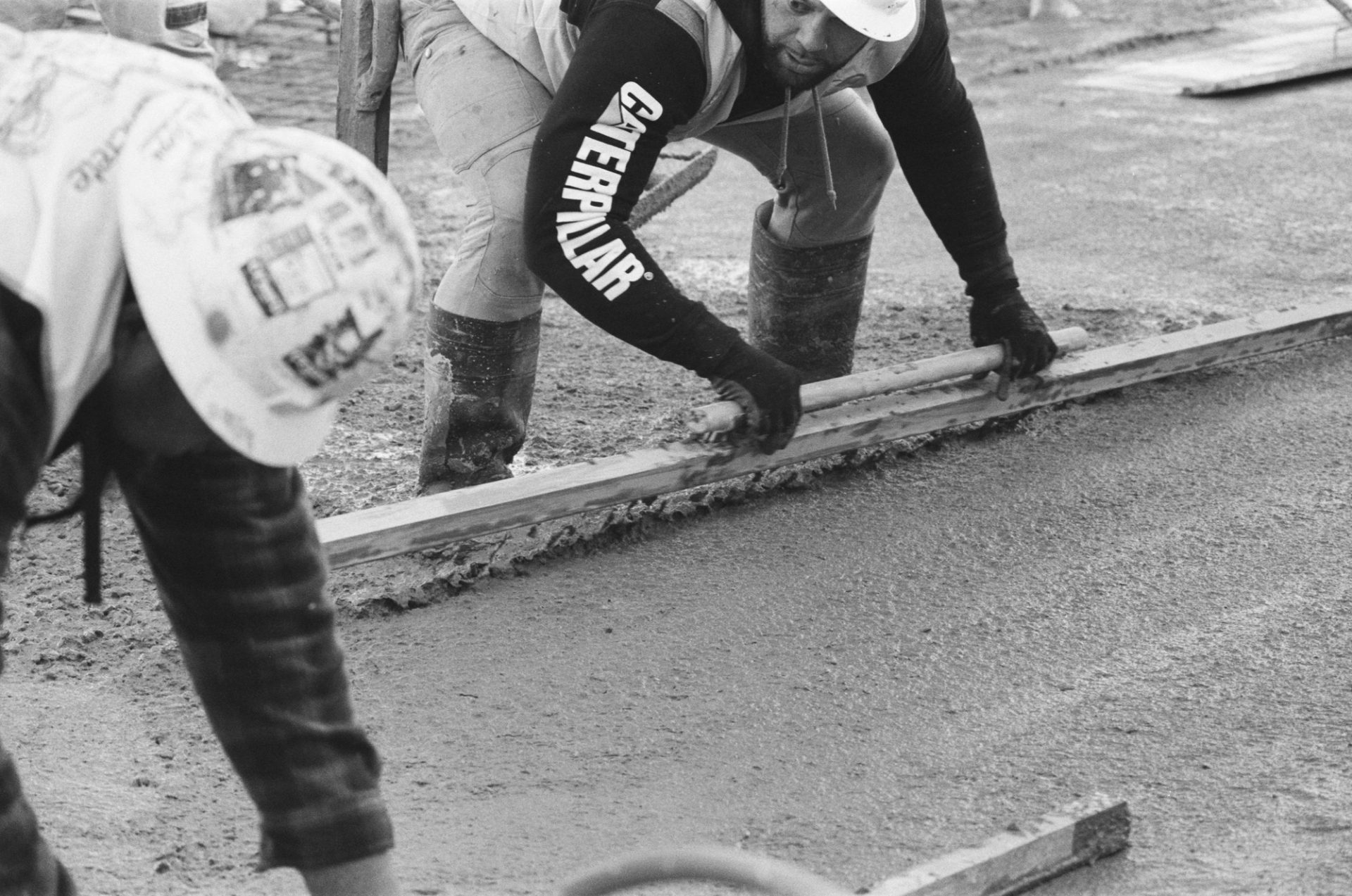
It has been a career highlight having this opportunity to return on a regular basis to the same site over 3 years – a process of photographing each angle of the building, time and time again as it began rising and becoming. It was a unique opportunity to develop such a familiar relationship with the original plantation and then the building as it grew. My photographic work on site became a methodical, repetitive and deeply reflective form of documentary evidence collection. An attempt to calibrate vision in the face of shifting and changing forms. It is an important part of future heritage interpretation to have this documentary knowledge to draw from, and it is such a unique and significant artistic opportunity that I can provide a ‘viewpoint’.


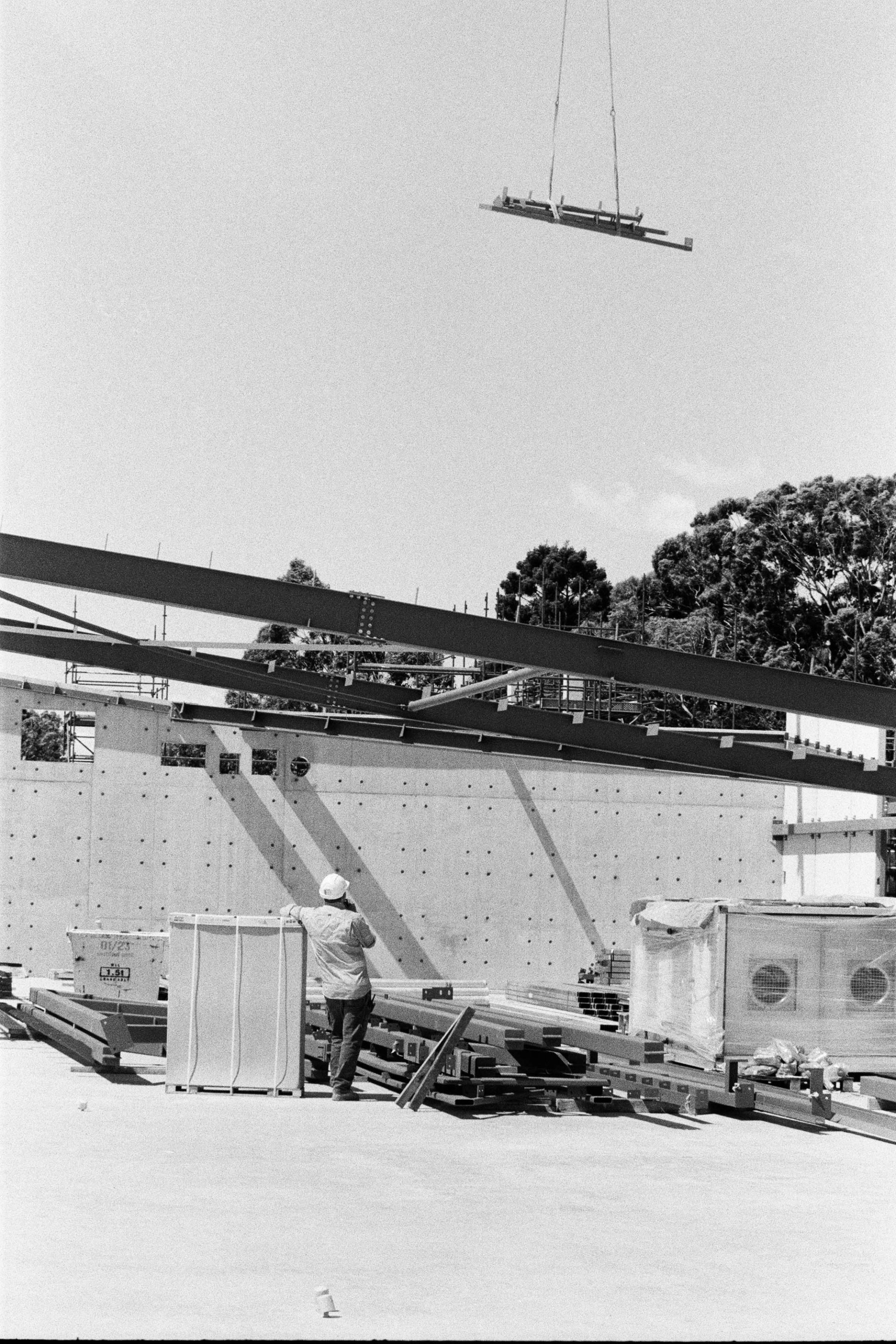
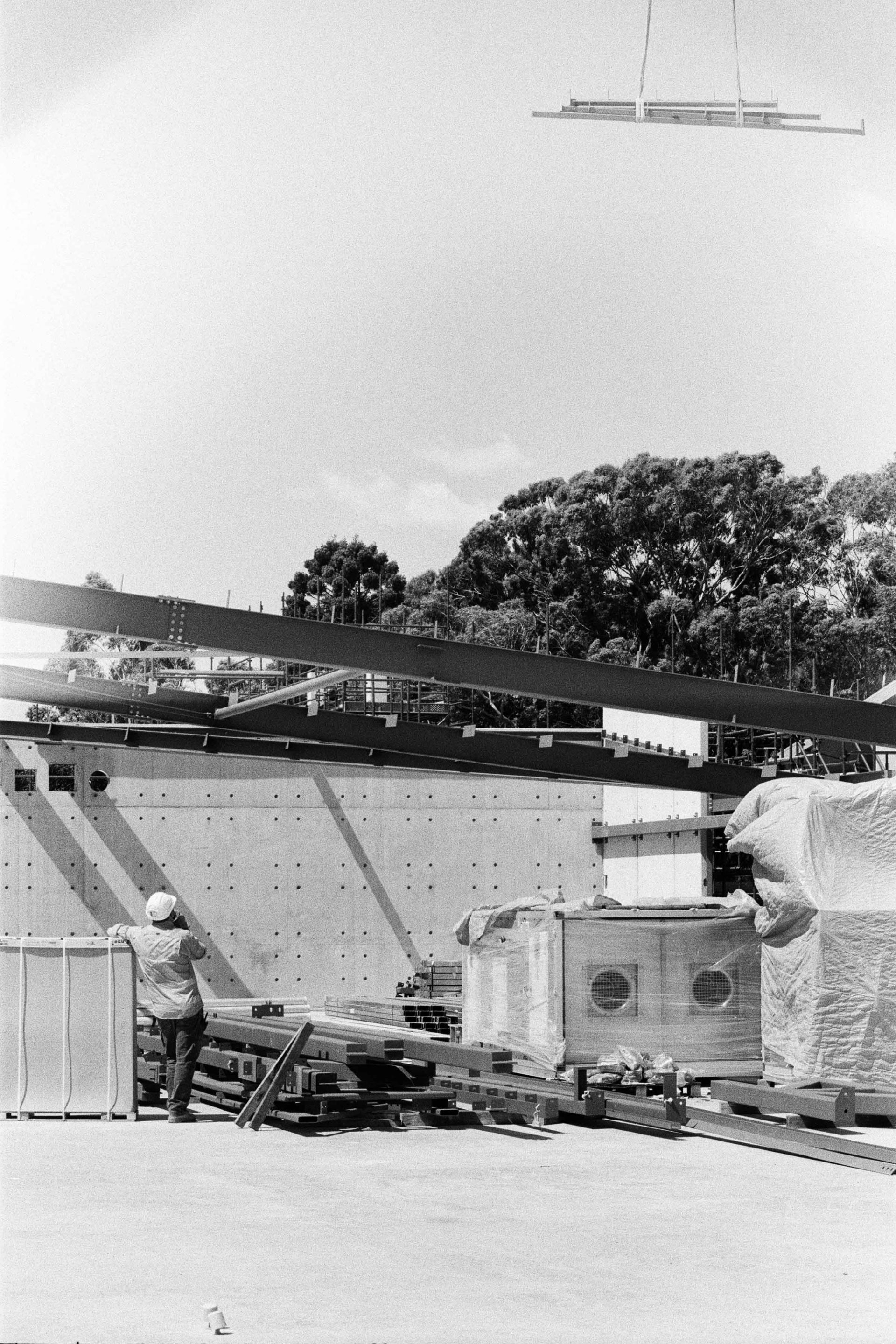
‘My photographs pose provocative questions about the history and transformation of physical environments and the changing role and use of photography over time.’
My photographs pose provocative questions about the history and transformation of physical environments and the changing role and use of photography over time – how images come together to form meaning. I am interested in the idea that photography doesn’t simply document and thus offer a faithful representation. Rather, the medium of photography – the process of light and time converging and the camera as a recording machine – has its own agency, and the work produced by this visioning process (be it light-sensitive paper, film or a camera) is, to paraphrase Susan Sontag, an independent source of seeing.
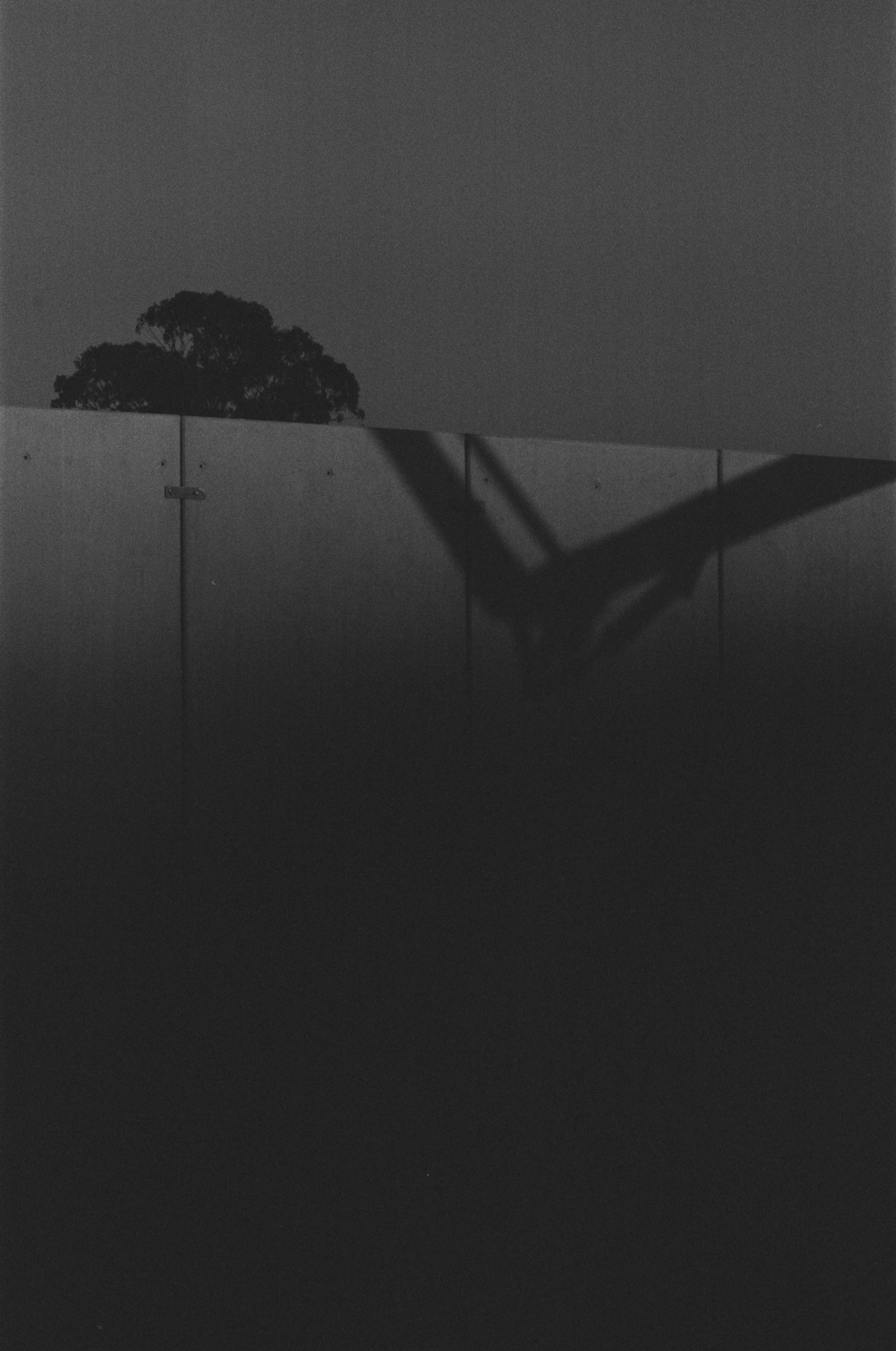

Designed by Lahznimmo Architects, built by Taylor Construction and made possible through a transformative investment by the New South Wales Government, Powerhouse Castle Hill is a new state-of-the-art building housing Powerhouse collections, conservation and programs that opens to the public from 23 March 2024.
About
Amanda Williams is a Sydney-based visual artist who works with the medium of photography to examine its historical legacy, material underpinnings and contemporary significance. Tied to in-depth archival research, Williams’ practice takes shape through site-based documentation with light-sensitive paper, film and the use of 35-mm, medium and large-format cameras. By focusing on analogue processes and utilising out-of-date materials that challenge conventional exposure and development procedures, the element of chance and the individuation of each hand print is embraced. Attention is drawn to how our perception of place and the historical content inscribed within the photographic image is unfixed and susceptible to change over time.
We warmly invite you to the official opening of Powerhouse Castle Hill. A new state-of-the-art building housing Powerhouse collections and supporting research, conservation and programs. Designed by Lahznimmo Architects and built by Taylor Construction, the new building was made possible through a transformative investment by the NSW Government.
























